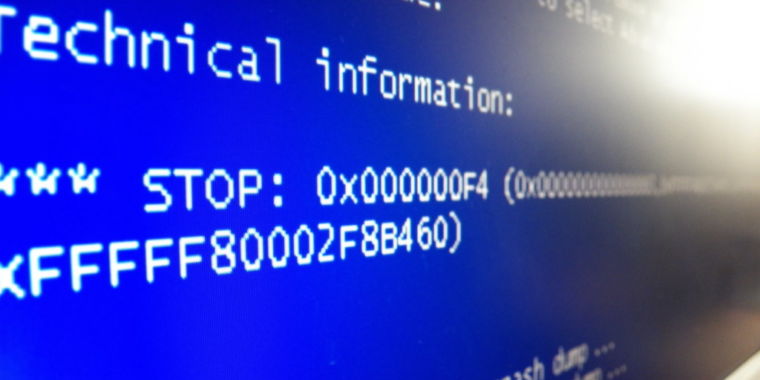Windows' infamous "Blue Screen of Death" is a bit of a punchline. People have made a hobby of spotting them out in the wild, and in some circles, they remain a byword for the supposed flakiness and instability of PCs. To this day, networked PCs in macOS are represented by beige CRT monitors displaying a BSOD.
But the BSOD is supposed to be a diagnostic tool, an informational screen that technicians can use to begin homing in on the problem that caused the crash in the first place; that old Windows' BSOD error codes were often so broad and vague as to be useless doesn't make the idea a bad one. Today, version 255 of the Linux systemd project honors that original intent by adding a systemd-bsod component that generates a full-screen display of some error messages when a Linux system crashes.
On the plus side it does often happen that a specific error gets a bit burying in lots of streaming text output in the CLI (or in a log file), so from that perspective this may better highlight an actual issue. For new users it may help bring a lot of focus.
I strongly suspect though for the many users that have mastered log files, and that don't like Windows at all, this may grate a bit. Then many also love to hate systemd itself, and this will add some fuel to those flames too.
That all said though, change is also never popular, and in most cases, if it also proves useful, it will be accepted after a while. I'm sure we're going to see many new Linux memes now about the BSOD.
See
New systemd update will bring Windows’ infamous Blue Screen of Death to Linux
Systemd is used by Debian, Arch, Fedora, Ubuntu, and many downstream distros.
#
technology #
Linux #
BSOD